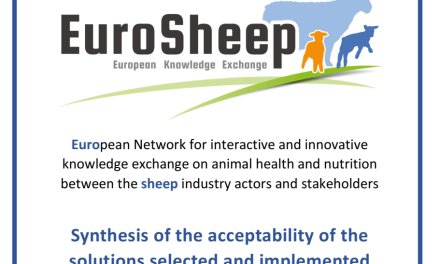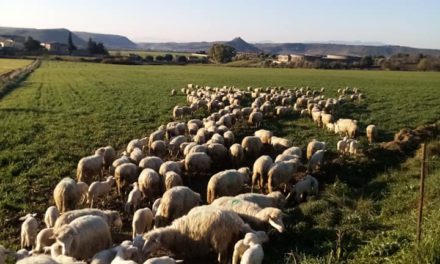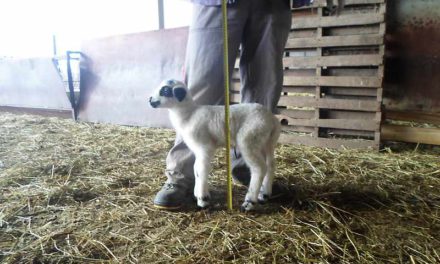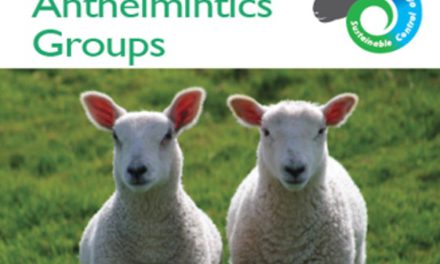This post is also available in:
![]()
![]()
![]()
![]()
![]()
![]()
Guidelines for implementing rotational grazing
Solution name: Guidelines for implementing rotational grazing
Aim: To provide a solution for helping farmers who are getting started into rotational grazing.
Description:
A four page A4 document containing a summary of the essential knowledge required for getting started in rotational grazing. The document is easily digestible help guide which touches on:
- Initial set up, including how many paddocks are in the rotation, stocking rate, moving stock etc.
- The essential infrastucture materials, including wire, waterpipes, electric source, etc.
- Labour requirements, including helpful ways of saving labour costs
- Other helpful tips on power and earthing
How to implement:
Following the guide will give farmers more control over their grass.
Topic: Nutrition
Production: Meat/Dairy
Animal Category: All
Issue: Grassland and grazing management
Level of Solution: Knowledge, Practical
Country: UK
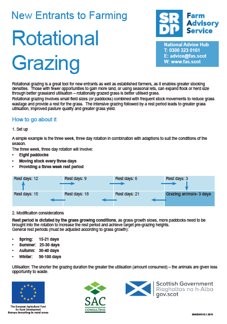
Expected benefits
Expected benefits:
• Increase grass grown and utilisation (reduced waste) = increased output/ha and/or decreased inputs
• Better maintain pasture quality = improved livestock performance late season
• Improve allocation of late season/winter grazing= Reduce winter feeding costs
• More grass in the Spring = Less supplementation
• Greater persistency of sown species = Less reseeding
Prerequisites and/or limits (knowledge, training, capabilities, cost, management, facilities, equipment, etc.):
• The basic concepts and knowledge of paddock rotational grazing are highlighted in the document. However, there is no mention of other rotational grazing systems such as cell grazing, techno grazing.
• The movement timings of sheep between paddocks may vary across countries as varying climates etc may impact the rest period of pasture and thus the timings may differ from that of the UK.
• The Rotational grazing benefits as displayed above might not be seen at lambing. When rotational paddock grazing is compared to set stocking system at lambing, it is seen as a better option to set stock as ewe and lamb relationships may be impacted through regular shifting at this time.

